[ Education]
There is a government high school which serves the entire island. There is also a government junior high school, in Terikiai, serving all of Tabiteuea North. There are several elementary schools throughout the island.
Micronesia Blog. We intent to bring you updates on the islands of Micronesia with travel offers provided by various travel partners around the world.
If you have a story on any of the islands of Micronesia, please share it with us.
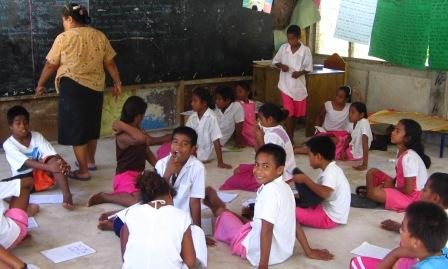
[ Education]
There is a government high school which serves the entire island. There is also a government junior high school, in Terikiai, serving all of Tabiteuea North. There are several elementary schools throughout the island.
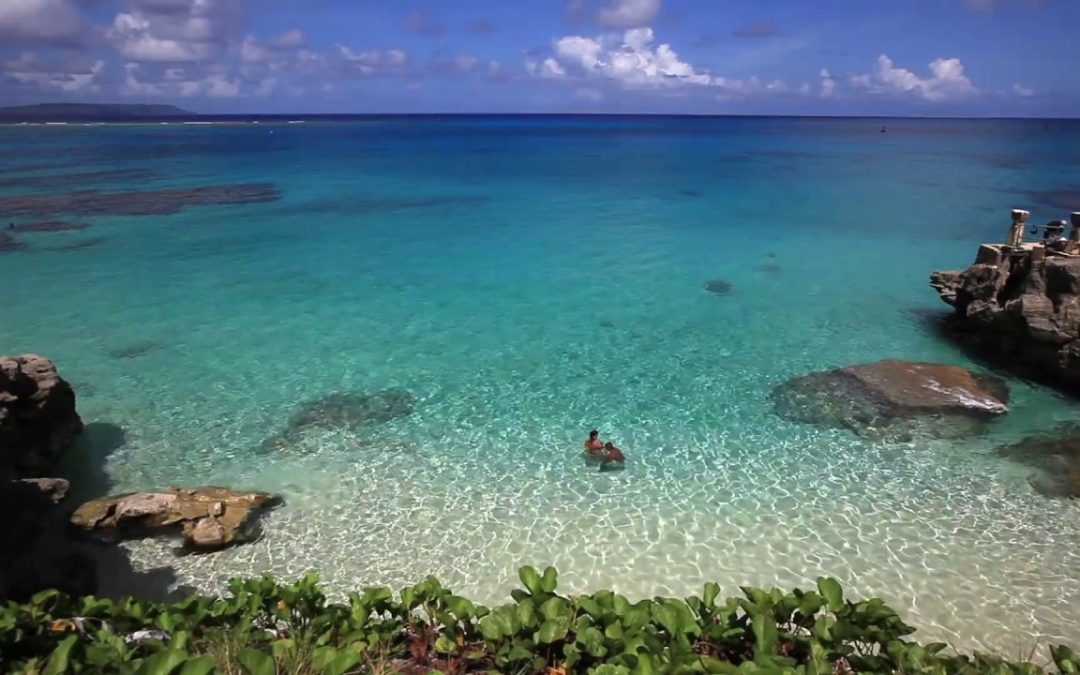
[Attractions in Tinian ]
Tinian is one of the major islands in Northern Mariana. It has pristine and secluded beaches; World War II landmarks and world-class scuba diving. Most of the visitors go to Tinian for scuba diving because numerous reefs, wrecks, and caves lie under the waters surrounding the island. In Dump Cove you’ll see planes, tanks, ammunition, and Jeeps from World War II. Tinian Grotto is the most popular cavern dive. there are several other beaches that offer diverse water sports.
The prehistoric Taga stones are relics of the ancient palace built by the Chamorro Chief Taga over 3,000 years ago. The House of Taga is located on the island of Tinian.
It was believed that a mythological chief named Taga erected the pillars as a foundation for his own house. There were several such pillars but only one of which is left standing erect due to past earthquakes.
The Sand Diamond, a high-speed ferry measuring almost 50 meters in length and with the capacity to carry 290 people and more than 30 cars, will begin daily sailings between Tinian and Saipan as a means of providing better tourist access to the casino on Tinian.
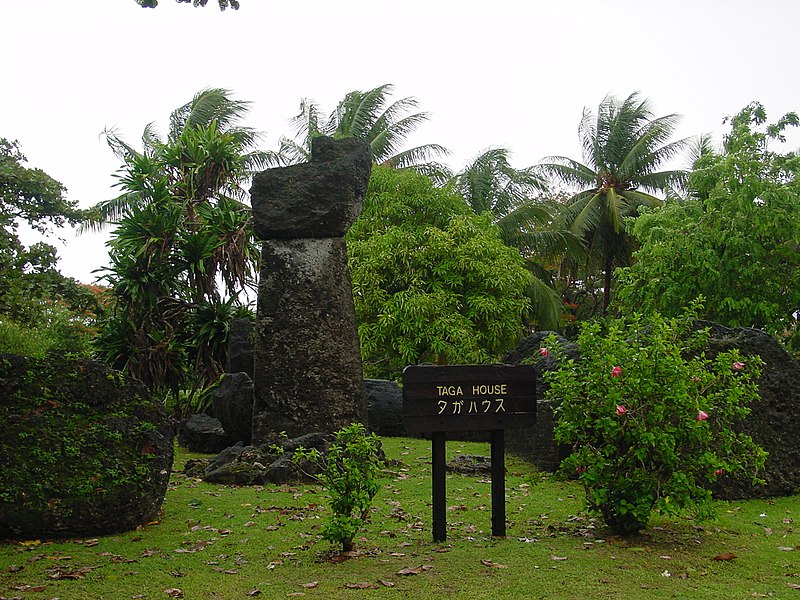
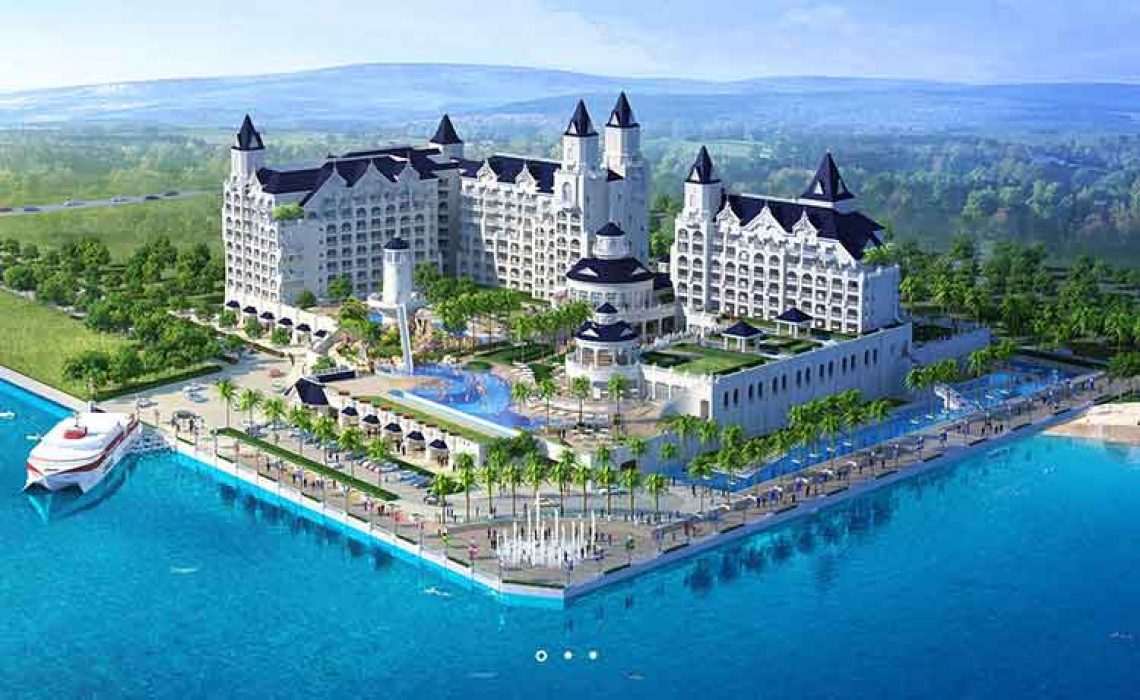
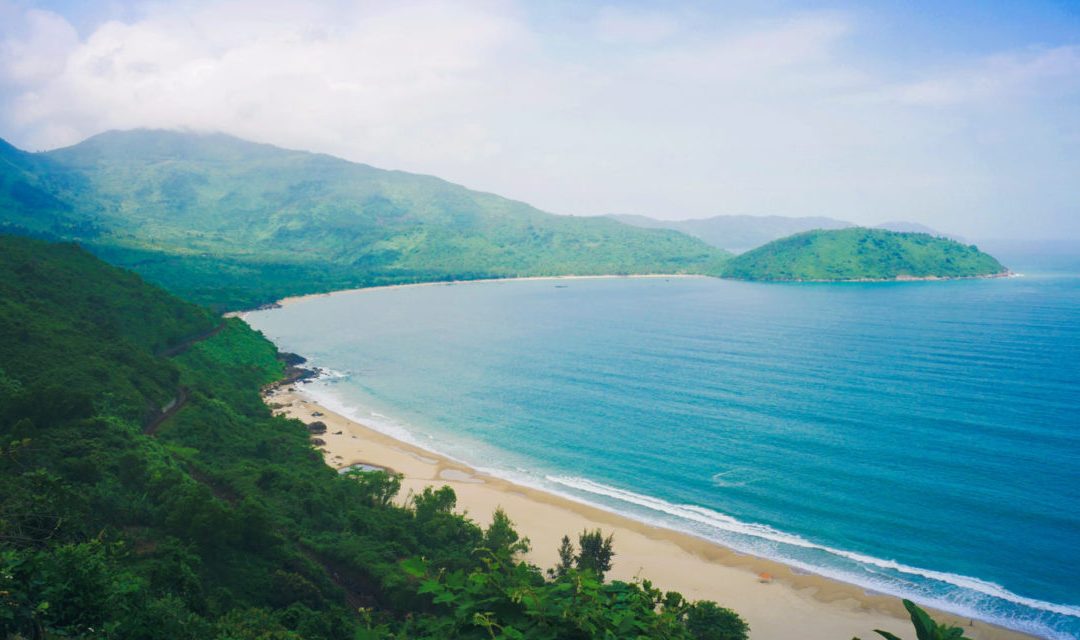
[Saipan]
Saipan is the largest island of the Northern Mariana Islands. In 2017 Saipan’s population was 47,565. The legislative and executive branches of the Commonwealth government are located in the village of Capitol Hill on the island. But the judicial branch is located in the village of Susupe. Most publications designate Saipan as the Commonwealth’s capital.
Coconuts, papayas, and Thai hot peppers are among the fruits that grow wild, while Mango, taro root, breadfruit, and bananas are cultivated.
There are 4 local television stations in Saipan. Local music consists of Chamorro, Carolinian, Micronesian Hawaiian Reggae, and Palauan music. Asian music consists of Japanese, Korean, Thai, and Philippine music. Mainland American music consists of much of the same music that can be found on U.S. radio.
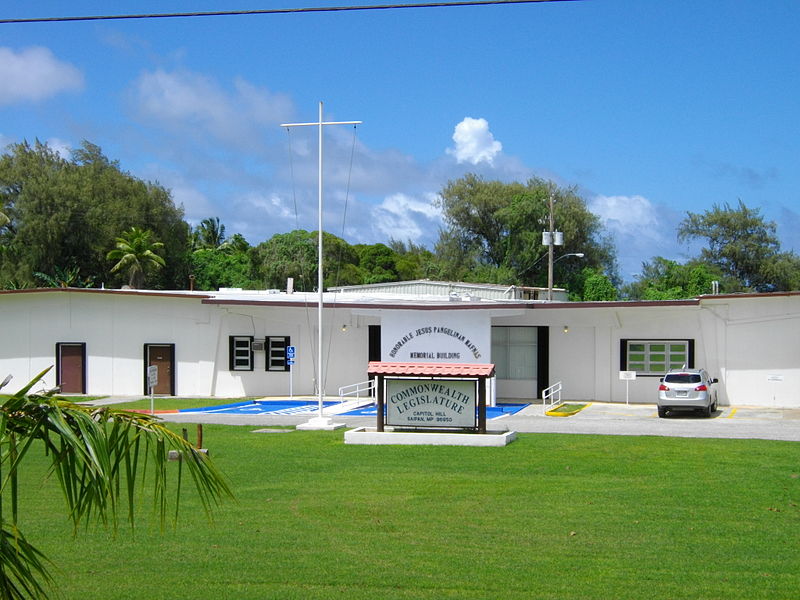
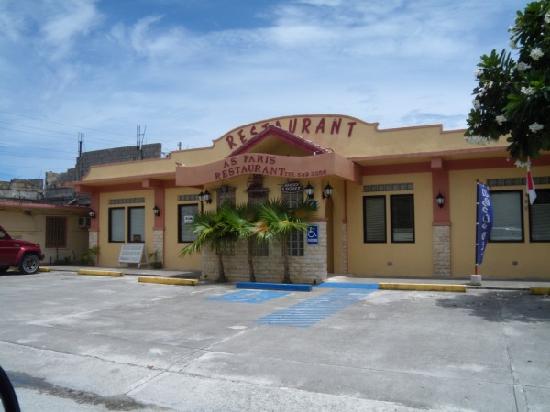
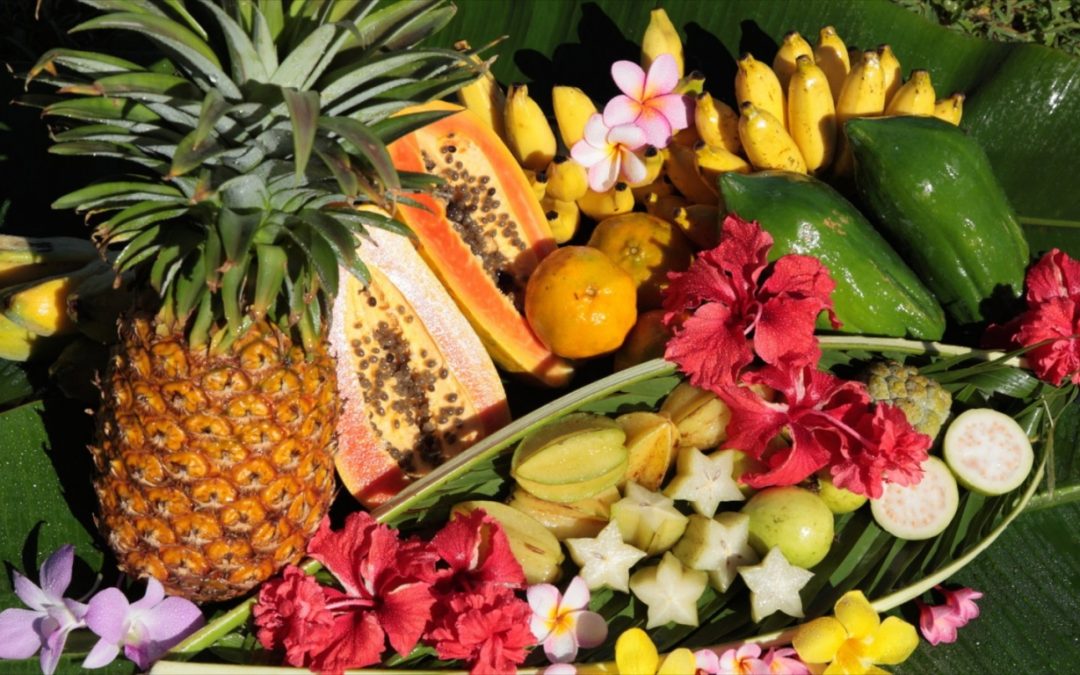
[Locally available items ]
The cuisine of the Mariana Islands is largely made up of meat dishes including pork, poultry, horse meat, and meat from other land mammals. Some popular land animals consumed include bats, mice, rats, and lizards. Most of the dishes are cooked in coconut oil. Seafood is another popular option because of the surrounding seas. Some seafood includes sea cucumbers, whale meat, and various fish.
Kelaguen is a favorite dish of the Chamorro people. The dish consists of chicken, shrimp, fish, or beef marinated in a mix of lemon juice and fresh coconut.
Buffet World Restaurant (Susupe, Saipan) is a place where you can sample all the local favorites during a single meal.
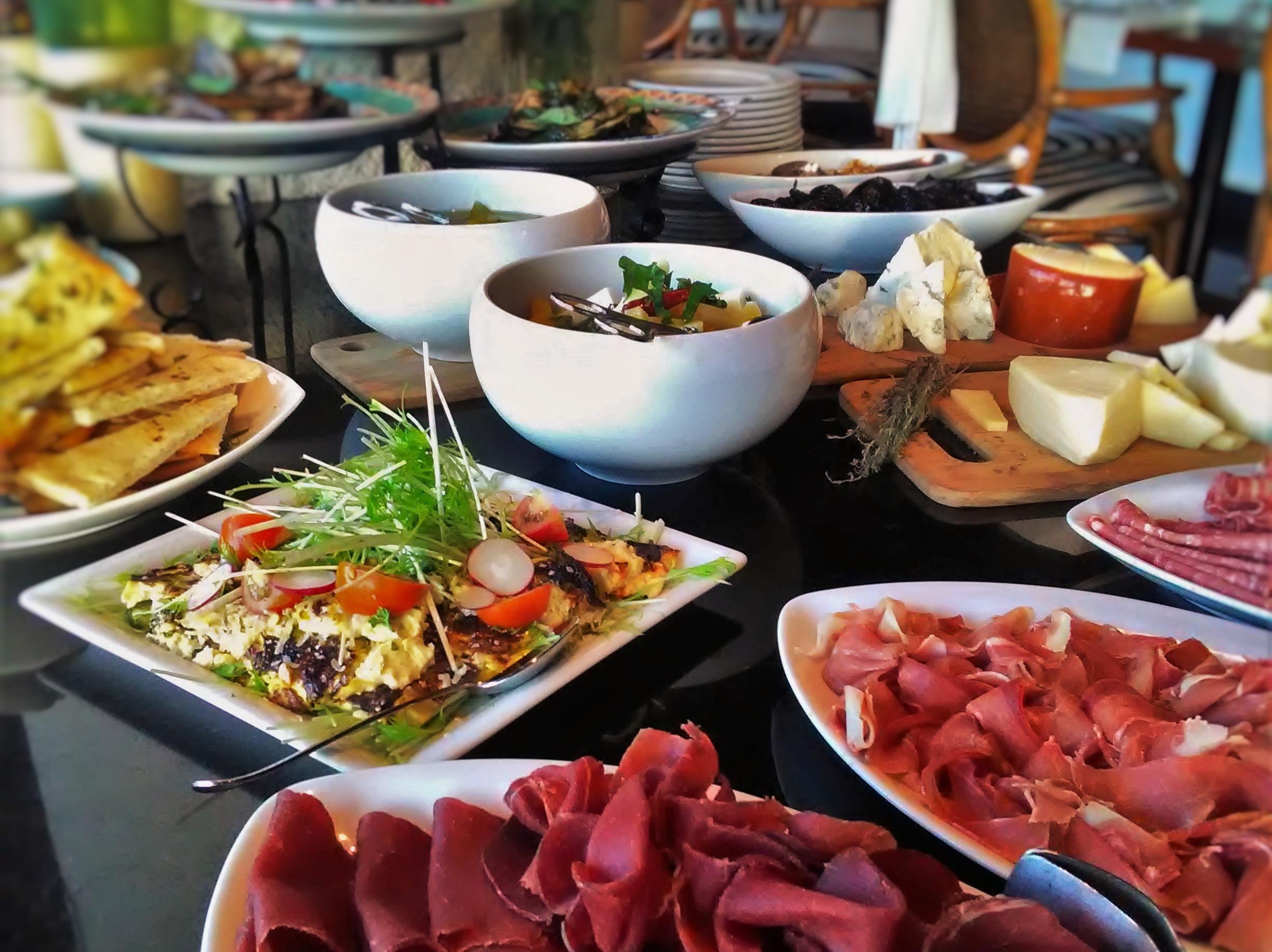
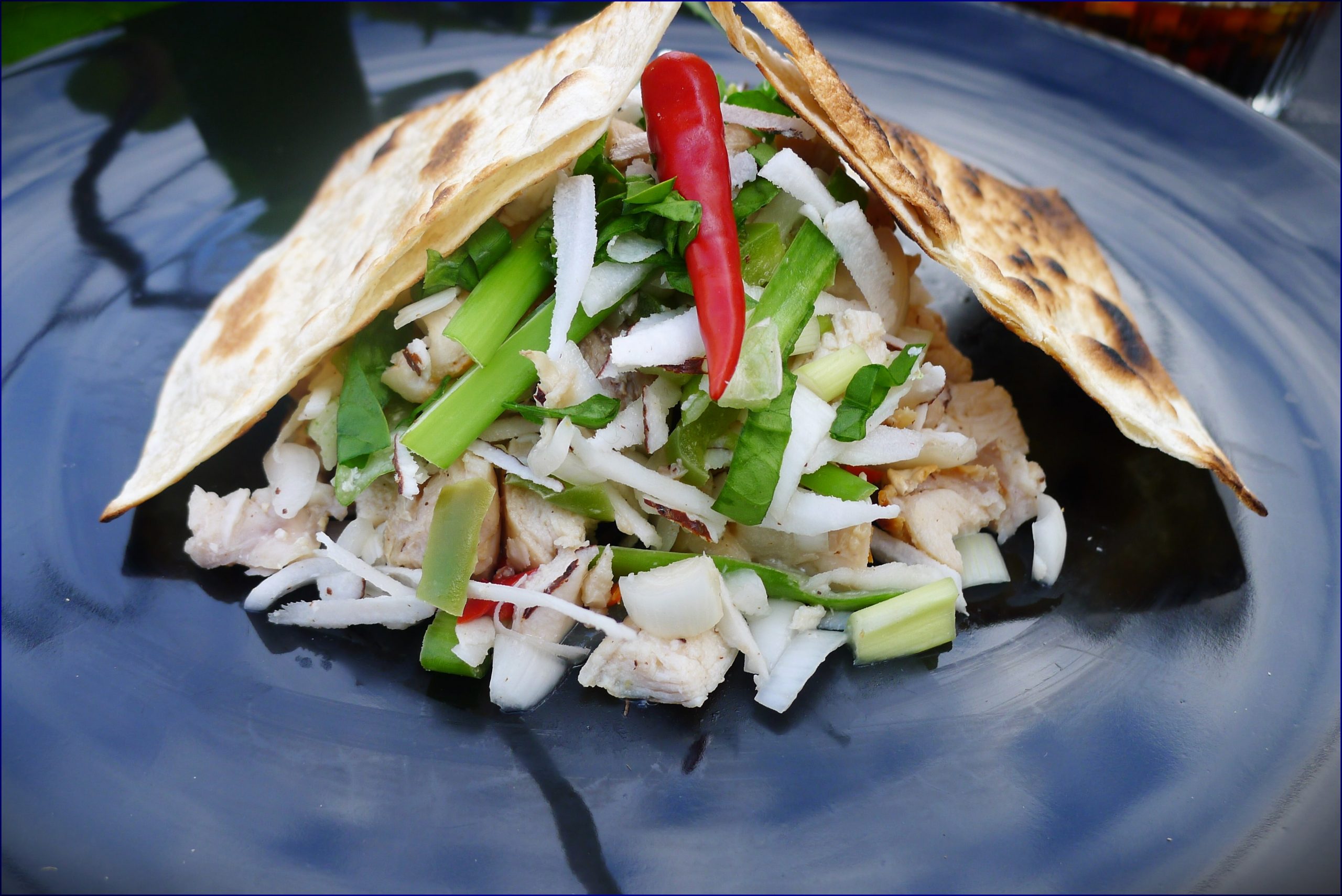
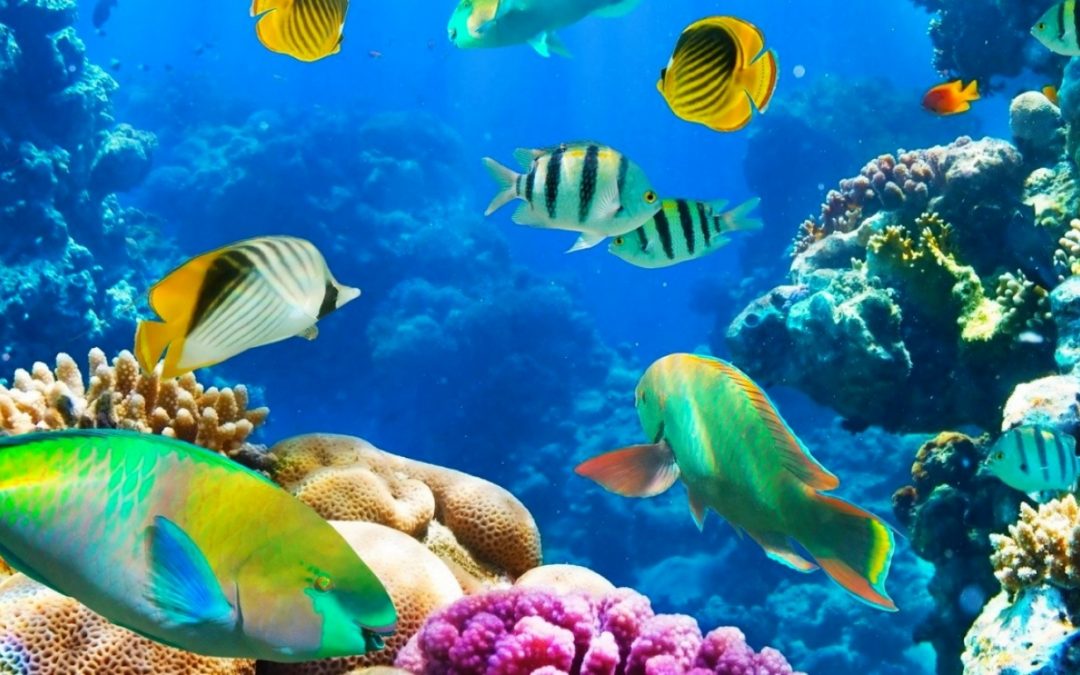
[Scuba diving in North Mariana ]
Tourists for this island nation mainly consist of Filipino, Japanese, American, Korean, Taiwanese, and Chinese tourists. There are several large tour operators in Saipan that cater to Asian tourists coming into the island. By far, the majority of tourism in the Northern Marianas is in Saipan. Several flights a day land in Saipan. Tourism has grown slowly and is now a major part of the economy.
Near the Saipan beach, there are themed cafes and the American Memorial Park with a historical museum, where you can see the artifacts of World War II.
American chain establishments from Pizza Hut to the Saipan Hard Rock Café abound on the Northern Mariana Islands. There are also several independently owned restaurants whose menus include traditional island favorites like chicken kelaguen.
Karaoke and hostess bars are the most common nightlife options. But Western-style bars are also common and are safe to party to. Some bars have live music.
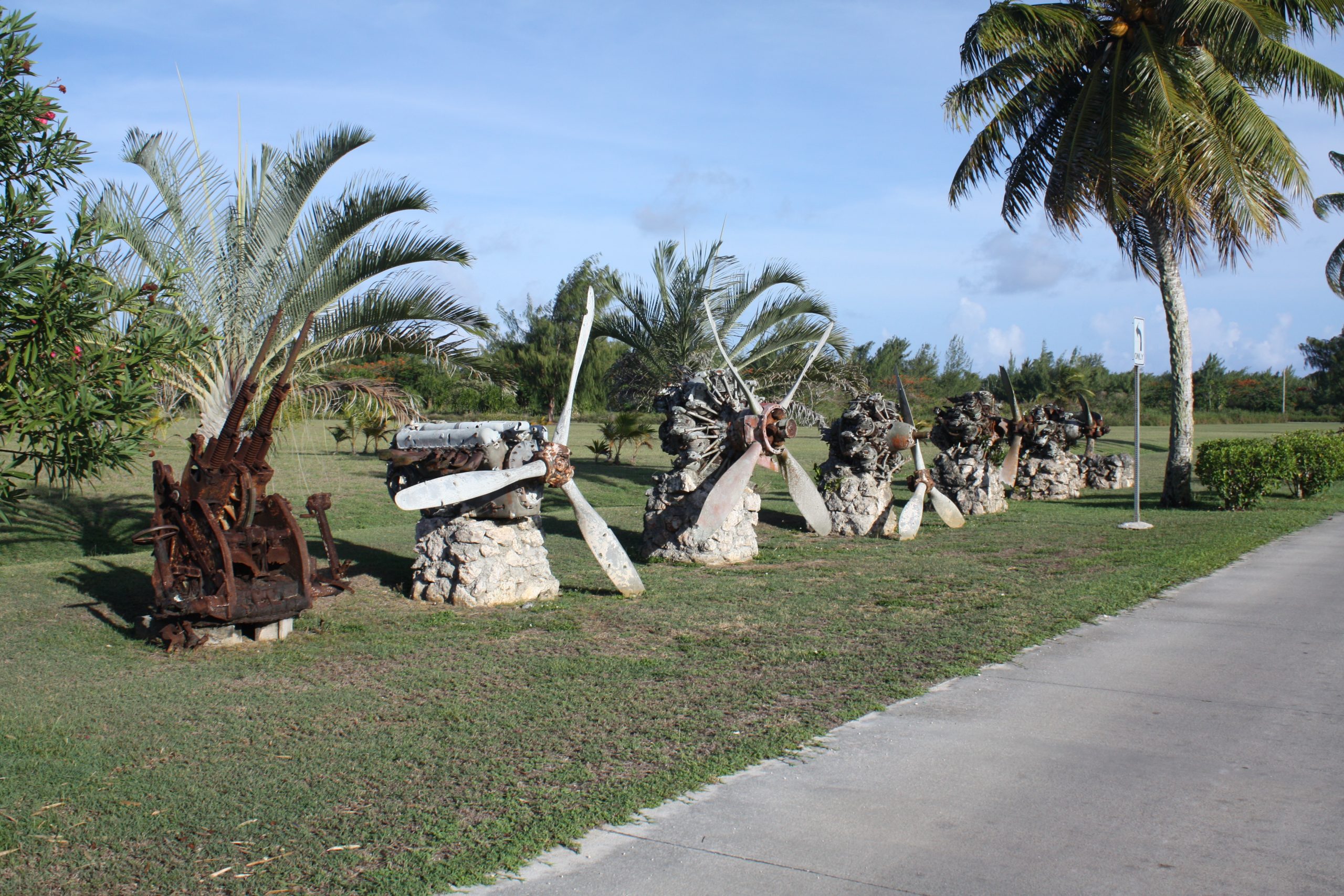
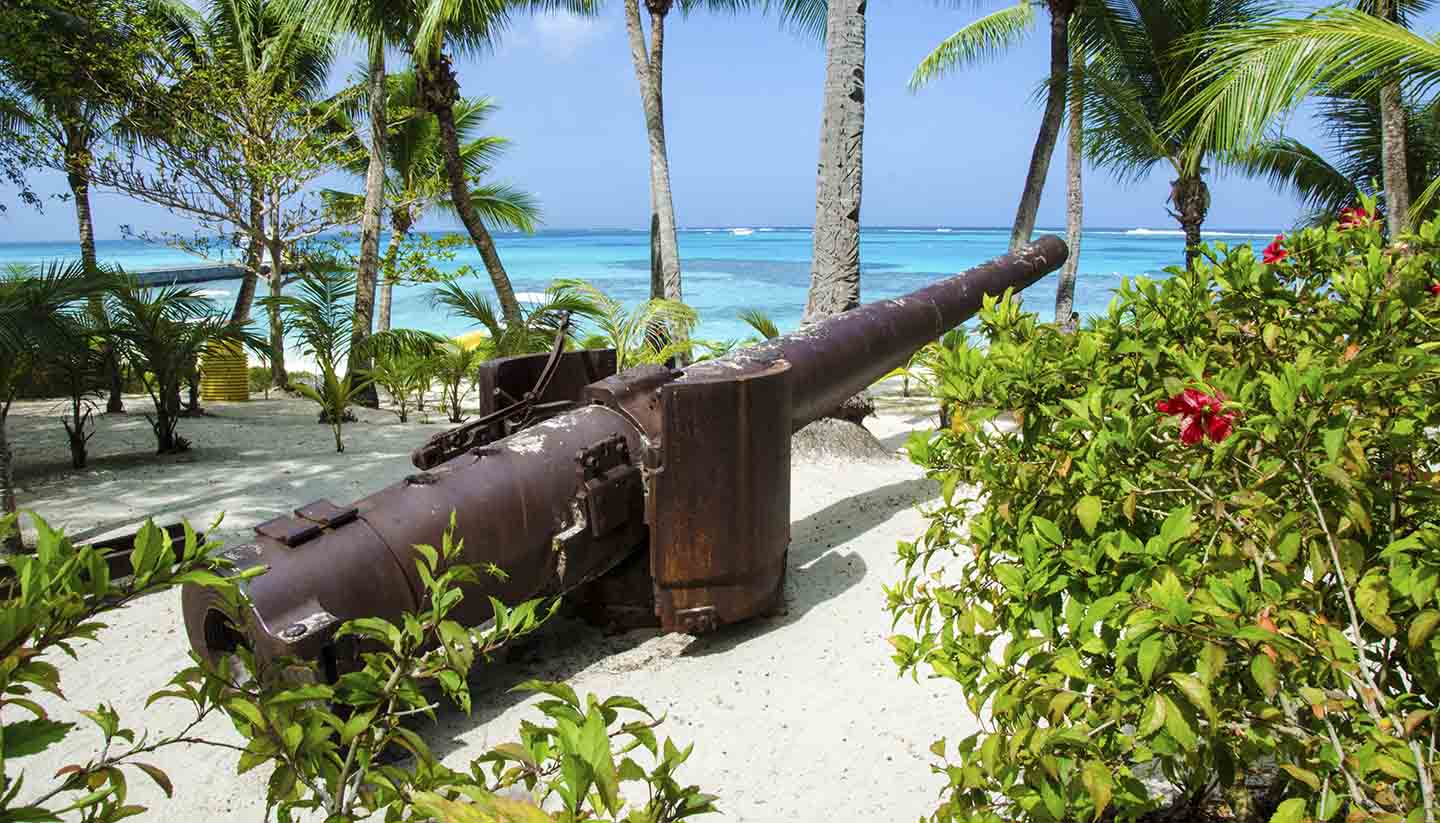
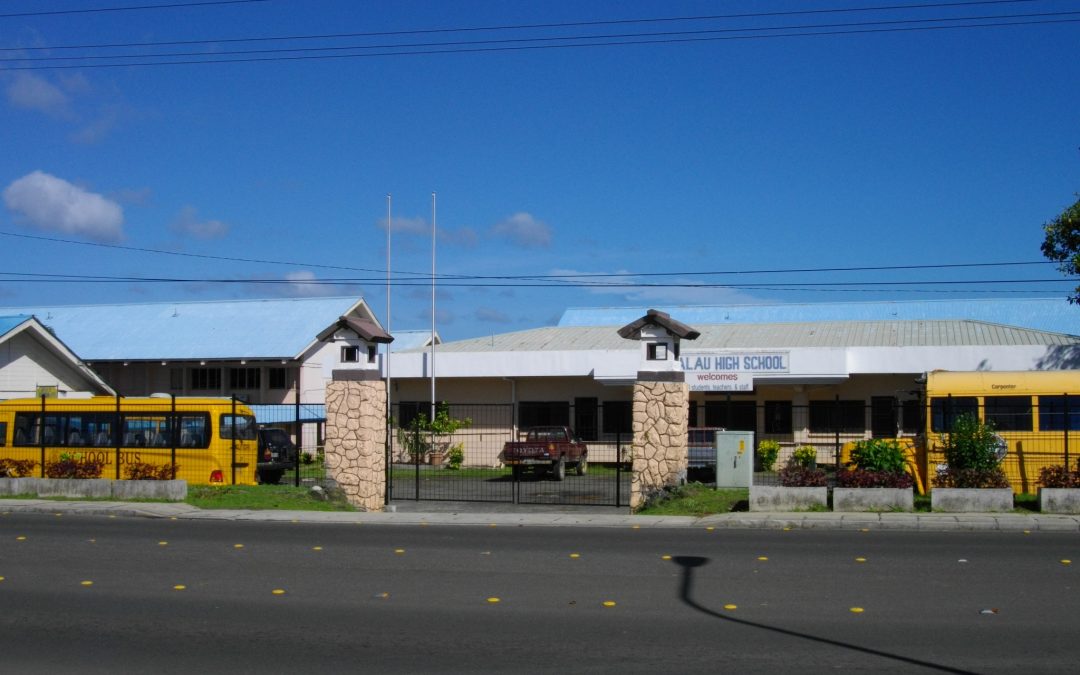
[ ]
Palau education is modeled after the U.S. system. Schooling is compulsory for children between the ages of 6 to 14. There are 25 elementary schools with enrollments of 2,565. There is one high school with a student enrollment of 780 students. This constitutes the public school system.
School facilities are deteriorating. There are not enough furniture and other basic equipment. The languages of instruction are Palauan and English.
School funding comes from the U.S. Department of the Interior and from the U.S. Office of Education. Palau Community College, in the capital of Koror, enrolls about 450 students.
The private schools are independently operated under charter from the ministry. About one-third of the students attend private schools.
Mindszenty High School is the largest private Catholic school.
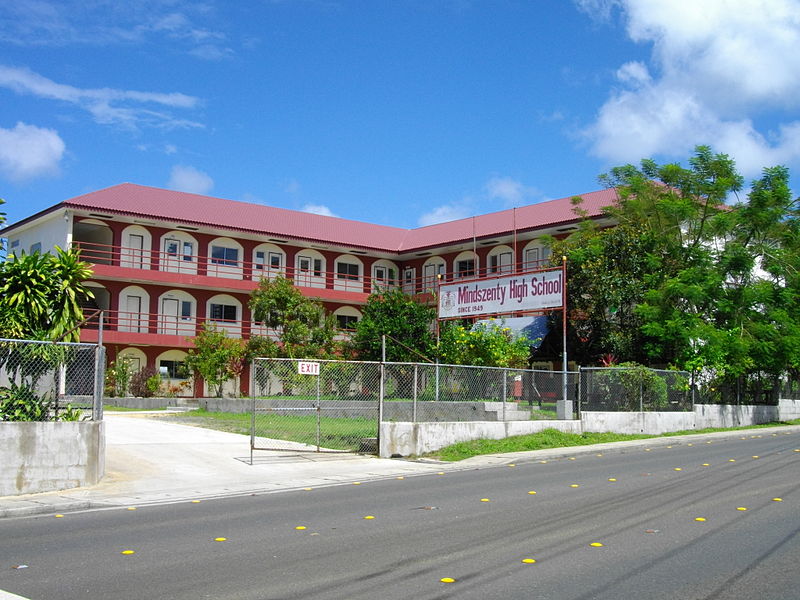

[ ]
Tourism is one of the important elements in the economy. In the fiscal year 2000–2001, some 50,000 business and tourists arrived there. Tourist activity focuses on scuba diving and snorkeling. There are many amazing diving sites such as The Blue Corner, German Channel, Ulong Channel, and Blue Holes. Palau Jellyfish Lake is an attraction. Here jellyfish have evolved away from their stingers in the absence of predators. The lake is good for scuba diving.
Nearly all visitors can receive a free 30-day tourism visa on arrival. Citizens of Bangladesh and Myanmar need to obtain a visa in advance for entry.
Taiwan and Palau launched Asia’s first Covid-19 travel bubble on 1 April 2021. On that day the first batch of around 100 Taiwanese tourists arrived at Taoyuan international airport near Taipei.

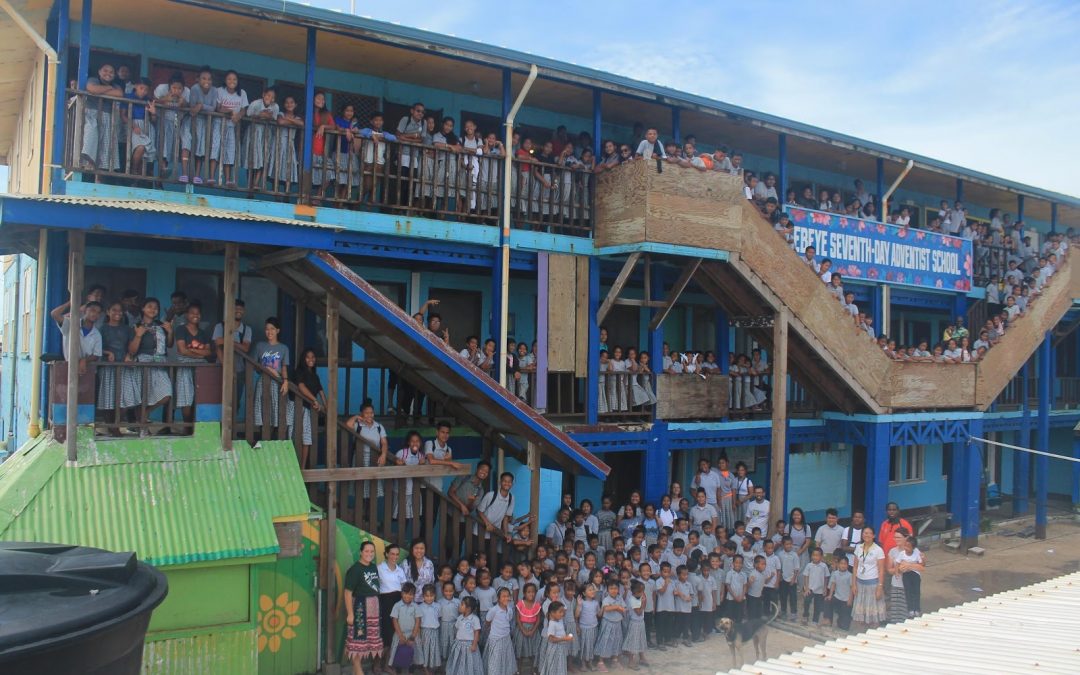
[A public school ]
Education is compulsory from ages 6 to 14. Instruction is in both Marshallese and English.
Public schools consisted of seventy-five elementary schools, one middle school, and two secondary schools. Protestant churches support twenty-six elementary and 10 secondary private schools. About 10,000 students are enrolled in public schools while 5,000 students study in private schools. Several public schools still lack electricity. The College of the Marshall Islands, a two-year institution of higher learning serves 431 students.
In January 021, The World Bank gave an aid of $10 million for Education and Skills Strengthening. The project will improve access to quality secondary education, vocational training, and employment opportunity. About 13,500 students, job-seekers, and employers will benefit from this project.
Low academic performance is a concern. Students aim to meet the minimum requirement rather than getting skills valued by the employers.
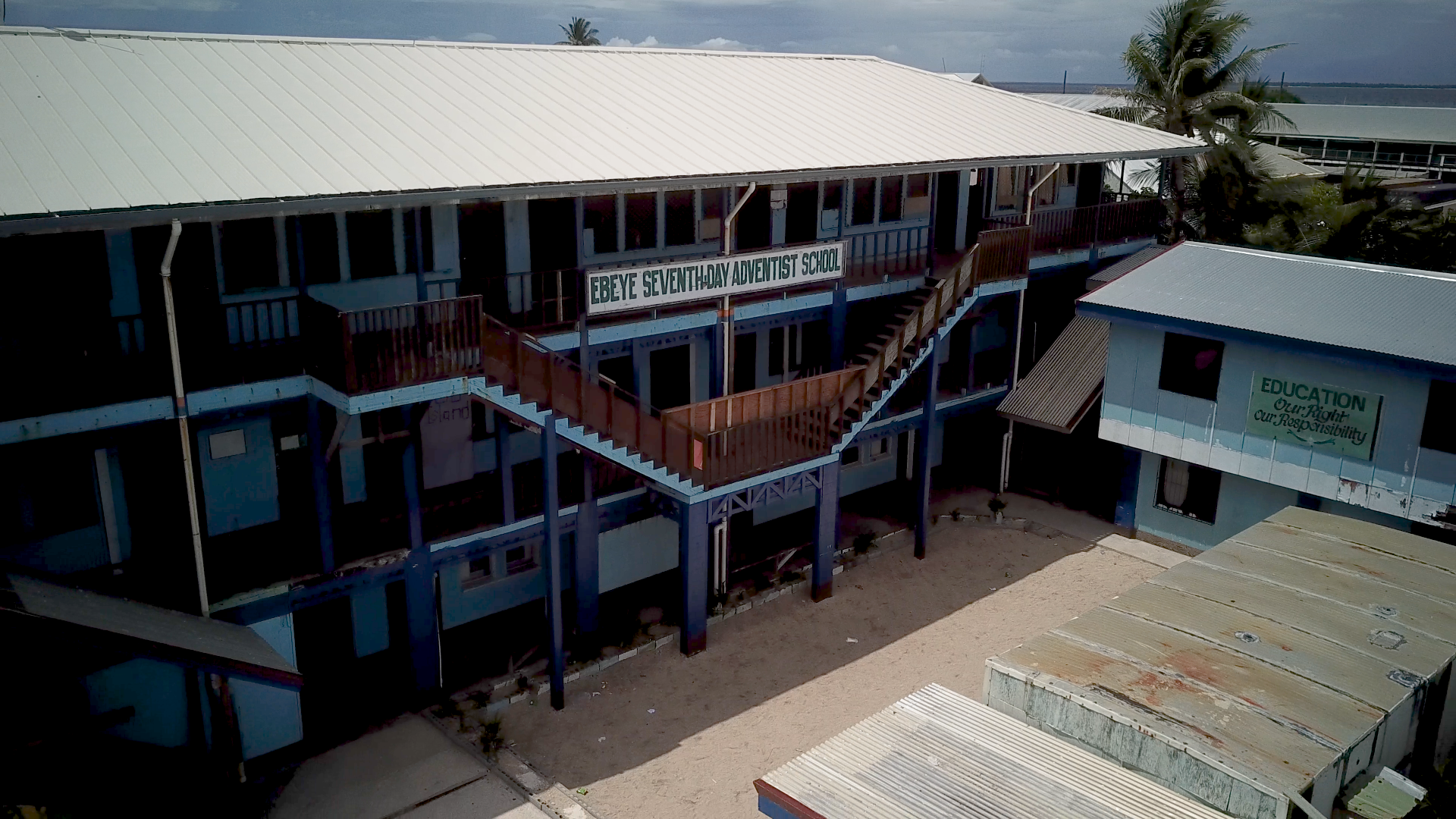

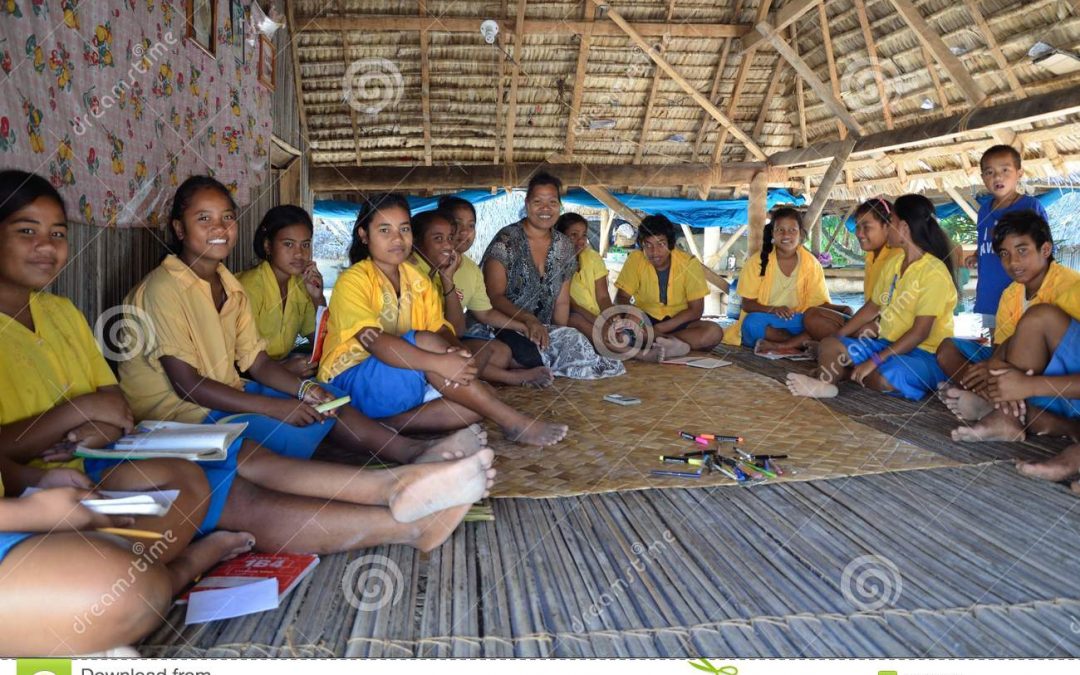
[School children in their school uniform ]
There are three primary schools, one Junior Secondary School and one Senior Secondary school on the island. In 2011 a total of 404 pupils were enrolled in three primary schools. the number consisted of 209 were girls and 195 were boys. The three primary schools have 19 teachers.
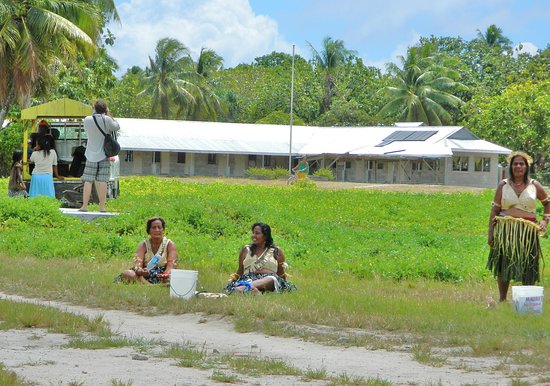
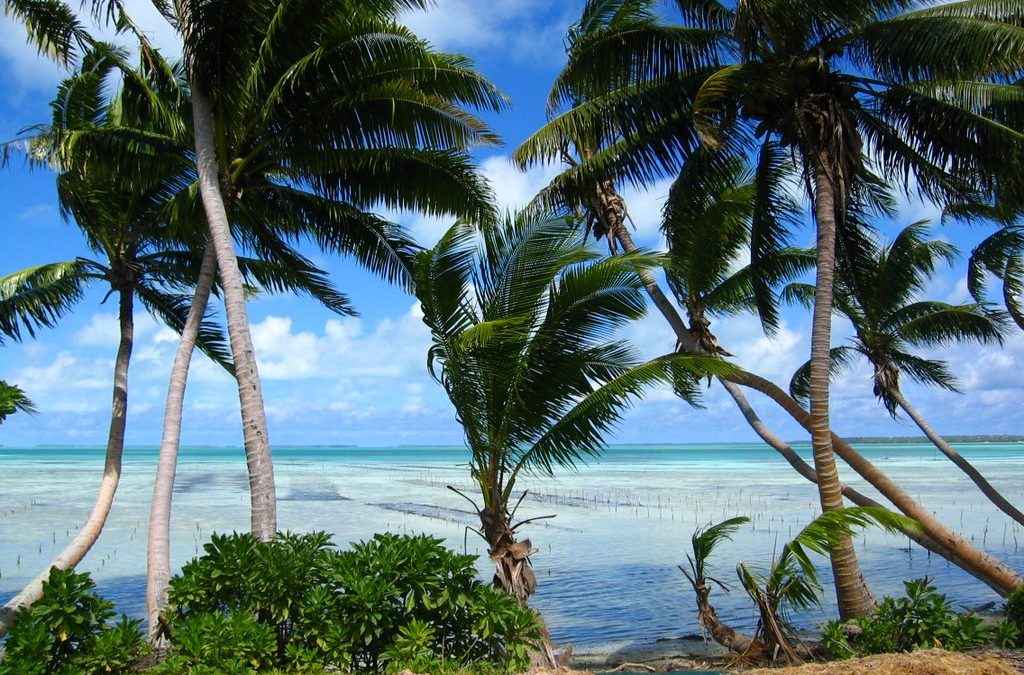
[Seaweed farming]
It was only in 1994 seaweed farming was introduced to the islands of Kiritimati (Christmas Is.) and Tabuaeran (Fanning Is.). The seaweed aquaculture from these two islands now comes to about 1000 MT per annum. Seaweed farming now returns over AUS $ 380,000 per annum in farmer payments. By 1997 over 420 people were receiving income from seaweed farming.
On Tabuaeran seaweed has now replaced copra as the main source of income for over 70% of all households. The new seaweed-based economy has also ensured the success of the resettlement policy of the Kiribati Government. This is a good model for aquaculture of seaweed in other atolls in the Pacific region.